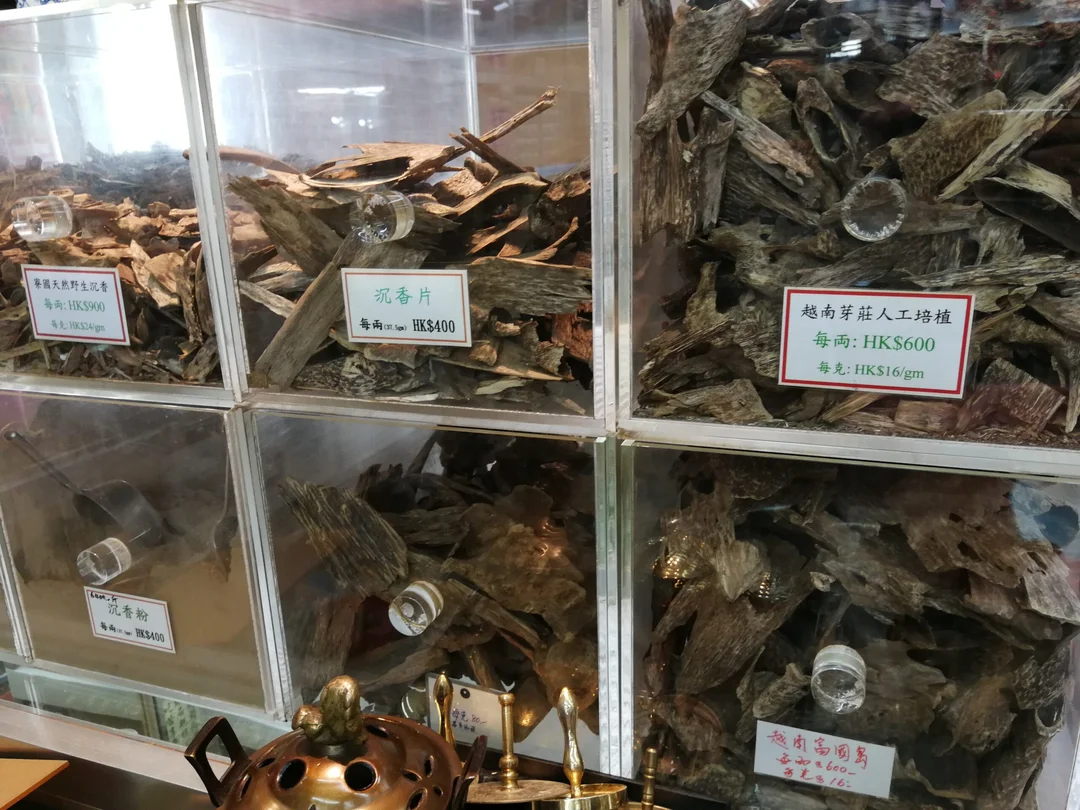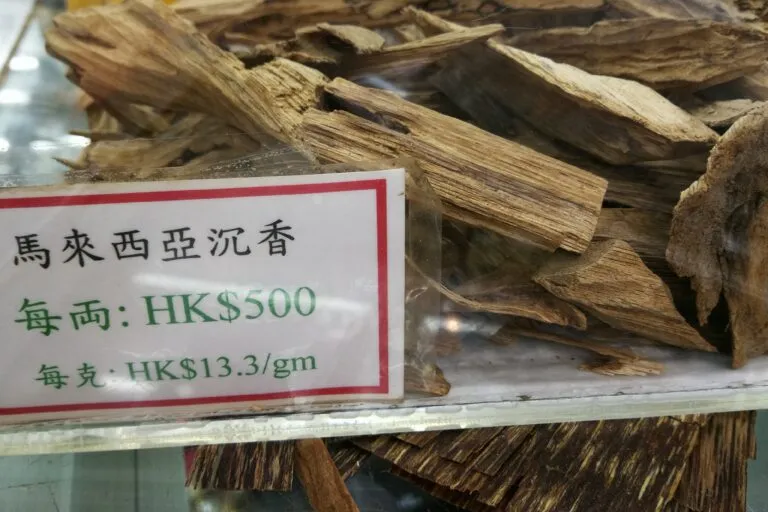
The Unsustainable Trade of Agarwood: A Call for Change
The global agarwood trade, a multibillion-dollar industry, is heavily reliant on endangered tree species facing extinction. Recent findings reveal that approximately 70% of agarwood is sourced from threatened species such as Aquilaria filaria and Aquilaria malaccensis, raising urgent sustainability concerns.
Agarwood, known for its fragrant resin and valued in perfumes and incense, is primarily sourced from the wild despite international regulations aimed at protecting these species. A study conducted by researchers from the Kadoorie Farm and Botanic Garden in Hong Kong highlighted alarming discrepancies in trade records. About 97% of the Aquilaria filaria and 57% of Aquilaria malaccensis in trade between 2010 and 2020 were wild-sourced, emphasizing a troubling trend.

Researchers noted a significant gap between CITES (Convention on International Trade in Endangered Species) records and actual customs data, with substantial undocumented trade. "Significant trade volumes from Indonesia to Africa remain undocumented," stated study co-author Huarong Zhang. This gap poses a major challenge for conservation efforts.
The findings call for enhanced monitoring and updated regulations to protect these vital species effectively. Experts urge leveraging technology like DNA barcoding and digital permits to ensure legality and sustainability. Furthermore, expanding protections, particularly for overlooked endangered species like Aetoxylon sympetalum, is crucial in holding the trade accountable.

Despite the reliance on plantation-grown agarwood—over 99% of Aquilaria crassna sourced from plantations—the demand for wild-sourced agarwood remains strong due to its perceived quality. This creates ongoing pressure on dwindling wild populations. As Ian Thompson, an agarwood trade expert, pointed out, "Without data to support the industry, it’s unlikely that it is sustainable."
Countries such as Indonesia, Malaysia, and Vietnam play crucial roles in this trade as both sources and transit hubs, exacerbating the situation. As wealthy nations driving demand often provide no support for conservation efforts, the need for action has never been more pressing. Zhang emphasized that when consumers prioritize ethically sourced products, they create market pressure for corporations and policymakers.

In conclusion, the unsustainable agarwood trade poses a grave threat to some of the world’s most endangered species. As consumers, policymakers, and industry leaders, we must act decisively to ensure that the agarwood trade is both legal and sustainable. What measures do you think should be taken to protect these precious tree species? Share your thoughts and join the conversation!